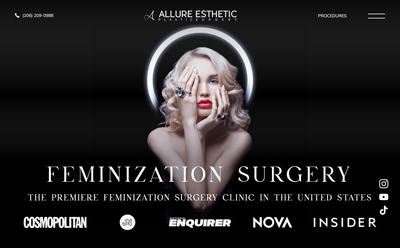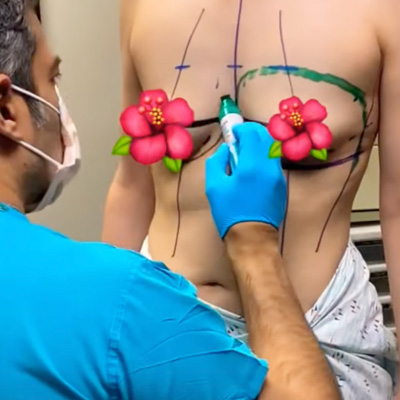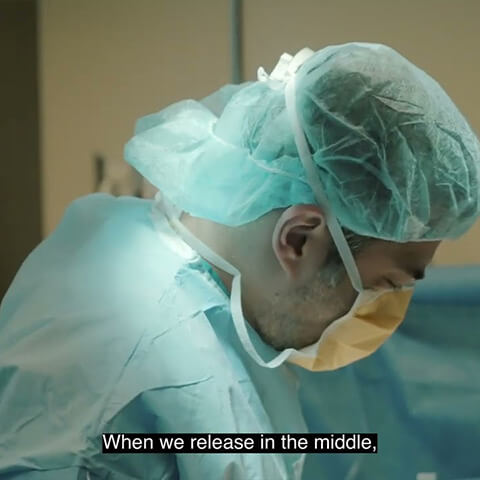What causes tuberous breasts?
While the exact cause has not been identified, it is thought to be a congenital defect, i.e., a condition a baby is born with. However, the condition cannot be seen or diagnosed until puberty, when the breasts begin to develop.
It is not genetic, and a mother’s tubular breasts are no indication that she will have a child with tubular breasts. Further, the condition has no effect on fertility. It may, however, make breastfeeding difficult, due to the size and shape of the breast or because milk production may be compromised.
Important to note is that tubular breasts are not physically threatening, although they can take a major toll on self-confidence.
 FeminizationSurgeries.com
FeminizationSurgeries.com





